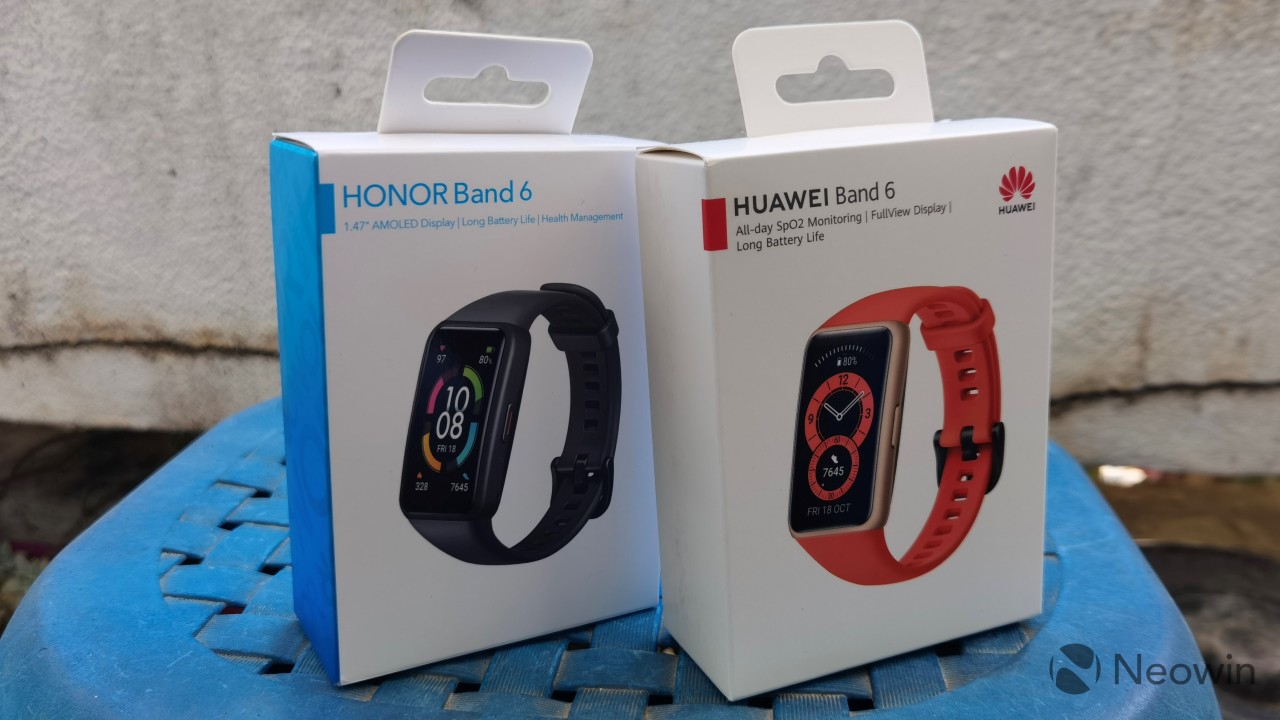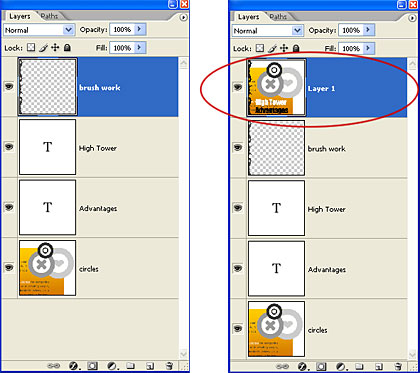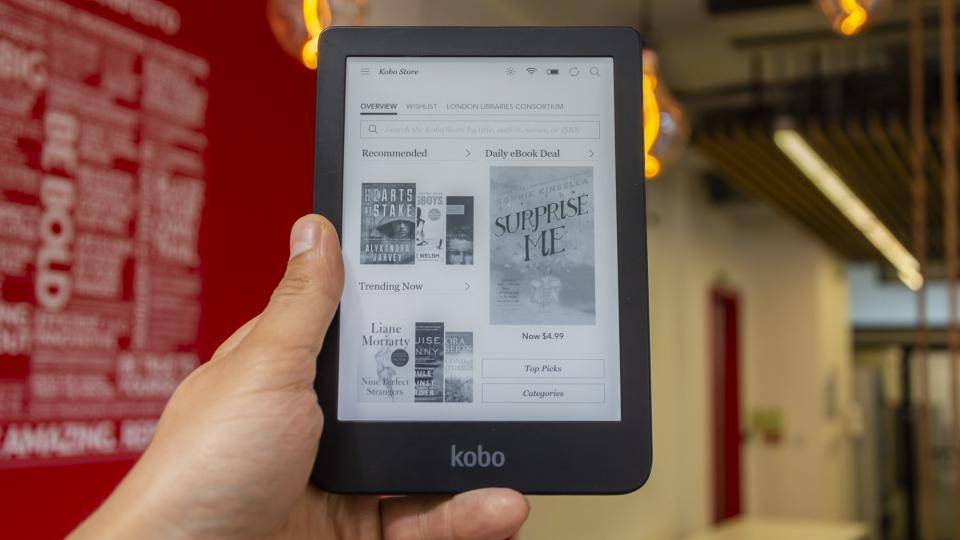With the MateBook series, Huawei has continuously pushed the frontiers of innovation in the rapidly changing laptop market. The Huawei MateBook 16 stands out among these fantastic gadgets thanks to its amazing features that meet the needs of contemporary customers. The MateBook 16 is distinguished partly by its state-of-the-art screen technology, essential to providing an immersive and aesthetically spectacular computing experience. An in-depth discussion of the Huawei MateBook 16 screen's technology, resolution, and overall effect on the user experience is provided in this article.

OLED Display Technology
At the heart of the laptop huawei matebook d 16 is its use of OLED (Organic Light-Emitting Diode) display technology. This choice is a testament to Huawei's commitment to providing users with an unparalleled visual experience. OLED displays are renowned for delivering deep blacks, vibrant colours, and high contrast ratios. Unlike traditional LCD screens, OLED panels emit light, allowing individual pixels to be turned on or off independently. This results in more accurate and vibrant colour reproduction, making every image and video on the MateBook 16 come to life.
The advantages of OLED extend beyond colour accuracy. The technology also enables the MateBook 16 to achieve higher brightness levels while maintaining energy efficiency. Users can enjoy a brilliant display even in well-lit environments without sacrificing battery life. The MateBook 16 OLED display improves content's visual appeal while boosting the laptop's overall performance and efficiency.
Immersive Resolution
The Huawei MateBook 16 boasts an immersive 1920 × 1200 resolution, complementing the OLED technology and elevating the visual experience to new heights. The resolution (1920 × 1200 pixels) ensures every detail is rendered with remarkable clarity, making the MateBook 16 ideal for content creators, professionals, and entertainment enthusiasts alike. The high pixel density makes text more readable and enables precise picture and video editing.
The 16:10 aspect ratio of the MateBook 16 further contributes to its versatility. This aspect ratio balances traditional 16:9 displays and more square-shaped screens, providing users with ample vertical space for productivity tasks while offering an immersive viewing experience for multimedia consumption. Whether working on a spreadsheet, editing photos, or enjoying a movie, the MateBook 16 resolution and 16:10 aspect ratio create a visually engaging and efficient workspace.
Touchpad Capabilities and Smart Features
Beyond its remarkable display technology, the Huawei MateBook 16 incorporates touchscreen capabilities, adding a layer of interactivity to the user experience. The touchpad functionality allows intuitive navigation and seamless application interaction, enhancing productivity and creativity. Whether scrolling through documents, zooming in on photos, or drawing with a compatible stylus, the MateBook 16 touchpad feature provides a natural and responsive input method.
Moreover, Huawei has implemented smart features to elevate the overall user experience further. The MateBook 16 includes features like eye comfort mode, which reduces blue light emissions to alleviate eye strain during extended usage. Adaptive brightness and colour temperature adjustments enhance viewing comfort in various lighting conditions. These thoughtful additions showcase Huawei's dedication to user well-being and comfort in the design of the MateBook 16s screen.

Conclusion
The screen of the Huawei MateBook 16 stands as a testament to Huawei's commitment to delivering cutting-edge technology and an immersive user experience. The OLED display technology, a vibrant resolution, and innovative features set the MateBook 16 apart in the competitive landscape of laptops. Whether you're a creative professional seeking colour accuracy, a multitasker needing a versatile workspace, or an entertainment enthusiast craving stunning visuals, the Huawei MateBook 16 screen is designed to meet and exceed your expectations. As technology advances, Huawei remains at the forefront, redefining the possibilities of laptop displays and shaping the future of computing.







